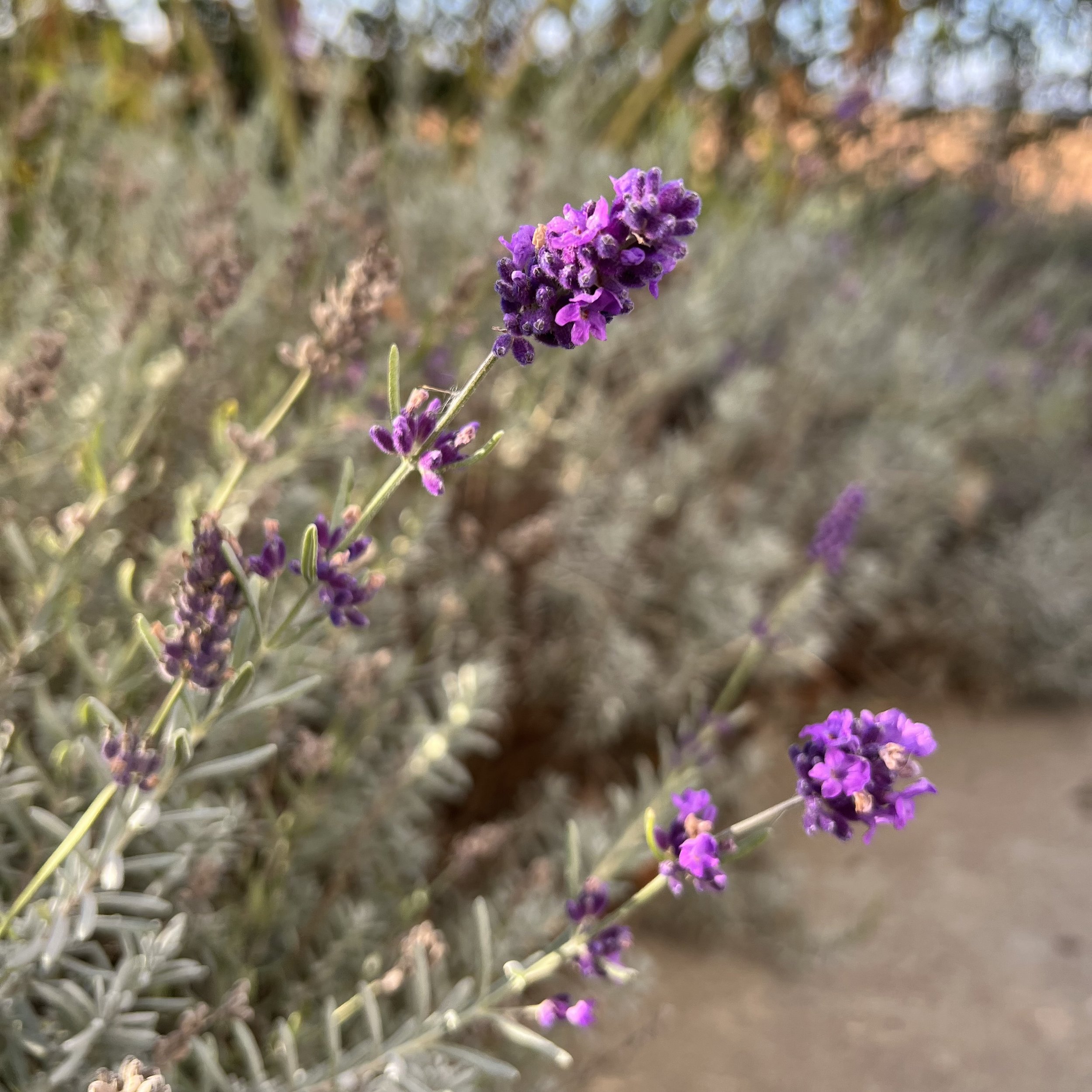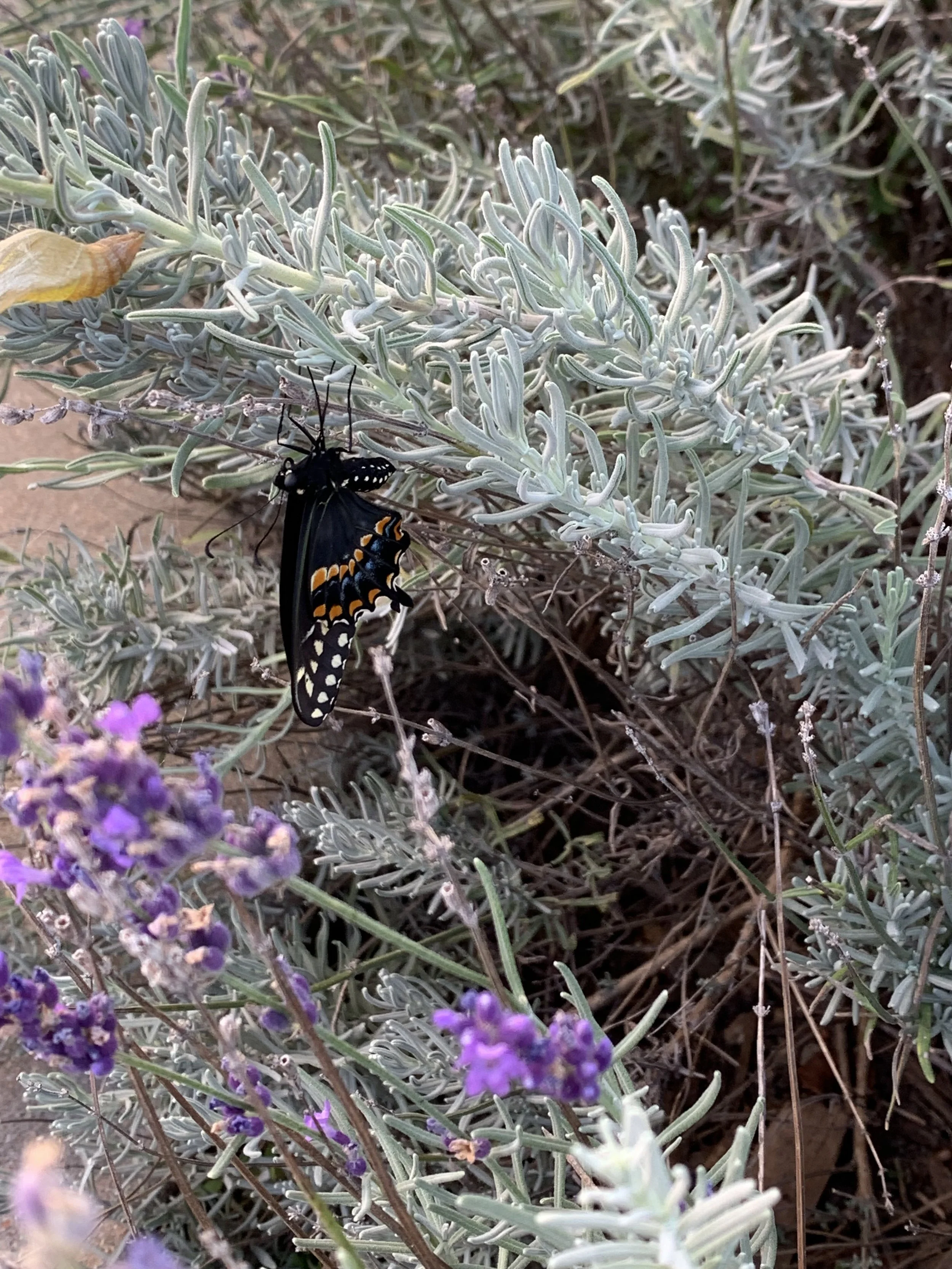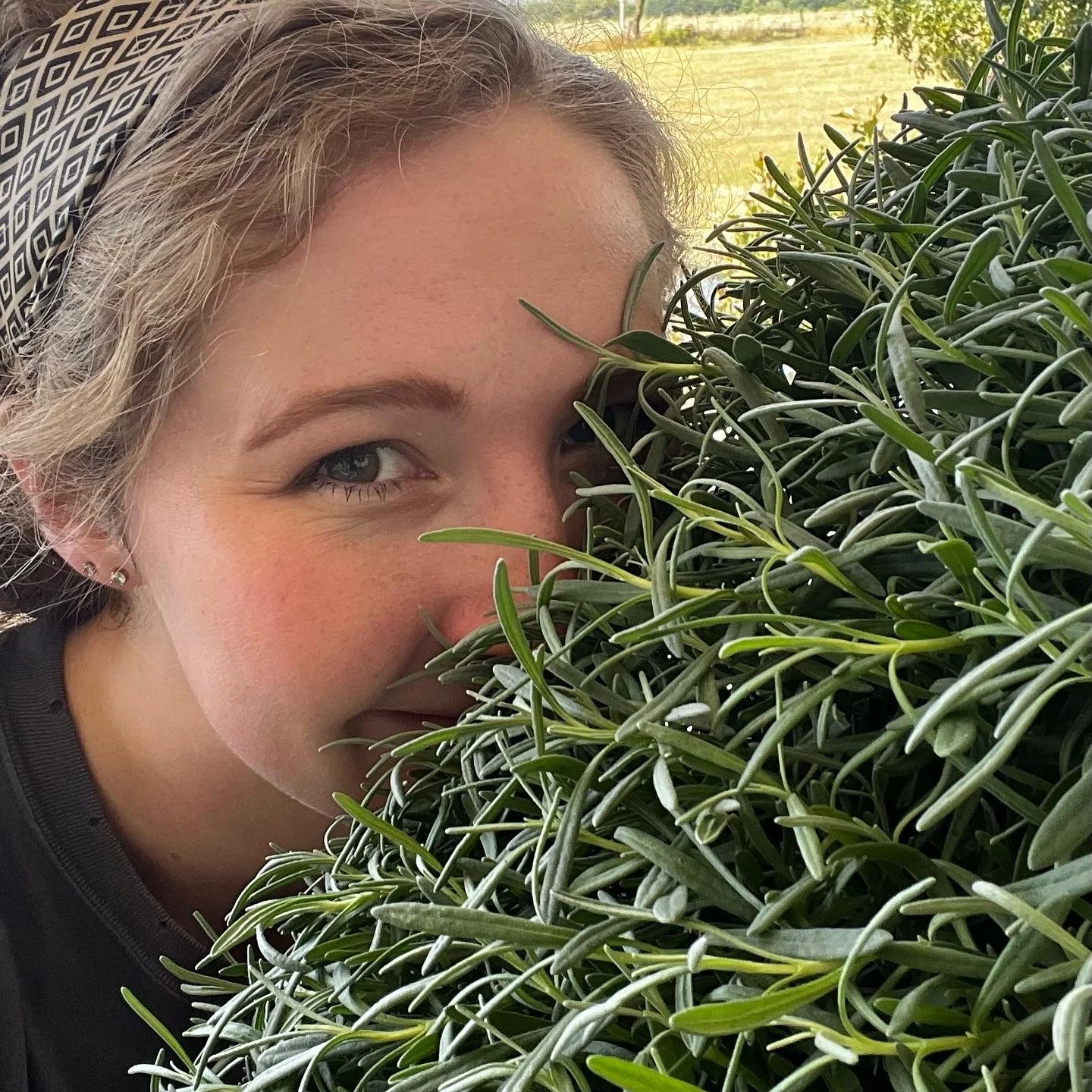
Lavender
Lavandula
-
When to Plant: As a perennial, lavender is best established after soil has warmed in May/June or 4-6 weeks before our first frost in the fall.
Click here to find your frost dates.
Light: Full Sun
Soil: Well-drained soil is best! Lavender does not like “wet feet.” Waterlogged soils in low areas need to be avoided. Poor soil quality is actually ideal for lavender, so avoid rich soils and amending current soil before planting.
-
Lavender is best kept on the dry side. However, like all perennials, a regular watering routine is key to strong establishment. During the plant’s first 2-3 years, water deeply when the top 2-4 inches of soil is dry.
Also, avoid watering lavender from the top. A wet crown (center of the plant) can cause eventual decay.
-
Fertilizing is unnecessary for lavender plants in most cases as the plant prefer poor soils.
-
All parts of lavender can be harvested and utilized in culinary and bath products. Lavender oil has unique properties that make it calming.
Harvest flower stems back to the woody part of the plant. Dry if desired.
In the fall, it is important to prune back to the woody part of the plant to assist in more even flowering and plant longevity.
-
Did you know that different lavender hybrids are bred for different purposes?
Some varieties are grown with culinary use in mind—others with cut flower production in mind—and still others with oil use in mind.




